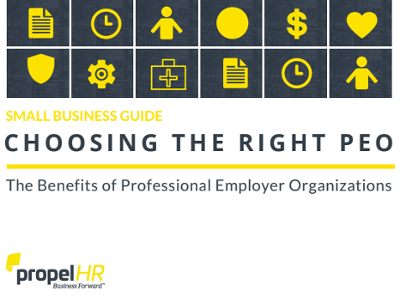How to Get the Best Health Insurance for Your Money
In health insurance, size matters when you start shopping for rates. The larger your company (usually) the lower the premiums you pay for coverage. For small businesses, specific factors about each of your employees can affect your rates. Getting the best health insurance rates and most extensive coverage often starts with how insurance companies calculate your premiums. There are two basic types of rate calculation: composite and age-banded.
Age-Banded Rates Explained
In an age-banded calculation, insurance companies look at your employees as individuals. They will break them down into segments based on things like:
- Age
- Zip code
- Gender
- Smokers
Even certain health factors can impact rates for that individual. Everyone pays a different rate based on those categories. Typically, younger employees pay significantly less than older employees. The average age of your workforce will directly impact your total costs when shopping for the best health insurance.
Further Reading: What Is a Master Health Plan?
What about Composite Rates?
With composite rates, every employee is charged the same for the same type of plan. These policies generally offer four types of enrollment:
- Employee Only
- Employee + Spouse
- Employee + Child
- Employee + Family
Some states only allow a two-category system of over or under 21 years old. To determine the rates for each category, insurance companies average the premiums for all employees to create a category price. That means every employee on the family plan pays the same amount. This type of broad price sharing can be very valuable to individuals with larger families or aging employees. When you are attempting to offer the most attractive benefits package at the lowest rate, composite premiums are often the best way to go.
Qualifying for Composite Rates
Composite rates are often only available to larger companies. In most states that means at least 51 employees, though it may mean as many as 100 or more. Some insurance companies may offer a composite rate for 10 or more employees, but your coverage options will be very limited.
When you are the owner or benefits administrator for a small or mid-sized company, obtaining the best health insurance can be challenging solely due to your size. Benefits are a big factor in hiring, and the best candidates will often choose an employer with the most generous benefits package. In fact, a recent Glassdoor study shows that 79 percent of employees would rather have more generous benefits than a raise. So, how do you offer the same level of benefits as an enterprise organization with thousands of employees? A PEO can help you leverage like a big business to give your small business enterprise-level benefits.
Benefits of a PEO
Professional Employer Organizations (PEOs) create co-employment partnerships specifically for HR purposes. By bringing many small businesses together, these umbrellas help cover all of your employees at a reasonable cost. Plus, you can often gain access to additional benefits like disability insurance or dental and vision add-ons. Co-employment options allow you to offload some of the repetitive, manual HR work and get into the trenches, building the working relationships that keep your company operating and well oiled.











